 |
| Foreign tourists take selfies at Kiyomizu Temple in Kyoto, Japan. (Source: Nikkei Asia) |
Number of visitors increased, number of tour guides decreased
Japan is facing a serious shortage of bilingual tour guides as the number of international tourists to the country surges after the pandemic. According to authorities and tourism businesses, the reason comes from many tour guides who have retired or switched to other professions during the Covid-19 period.
A representative of a major travel agency in Japan shared, “Some tours have had to be rescheduled or canceled altogether because we could not find enough tour guides. It is a pity that we cannot serve customers according to the time frame they want.”
Previously, the company could hire freelance guides when its official team was booked tight, but the current situation makes that more difficult.
According to the Japan Tourism Agency, as of April 2024, there were about 27,000 people licensed as bilingual tour guides in the country. However, nearly 60% of them were over 60 years old. Only about 380 people passed the licensing exam in fiscal 2024, the second lowest number in 20 years.
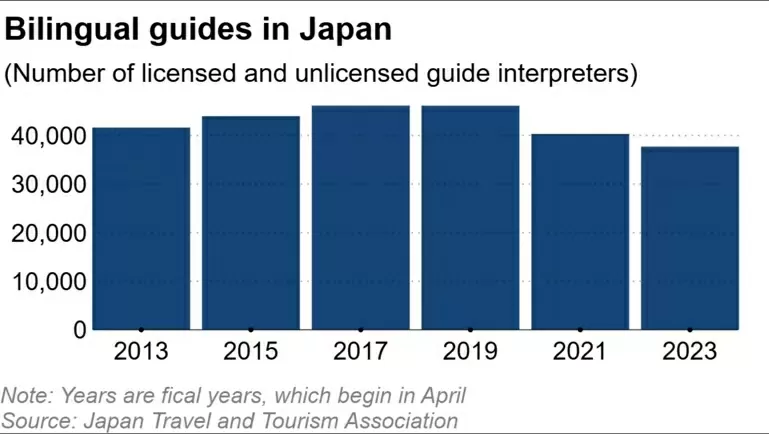 |
| Number of licensed and unlicensed bilingual tour guides in Japan from 2013 to 2023. (Source: Nikkei Asia) |
One of the main reasons for the drop in applicants is inadequate income. A December 2023 survey by the Japan Tourism Agency found that only 6% of full-time guides expect to earn 4 million yen (about $27,800) or more a year.
This reality is clearly reflected in the data of True Japan Tour, a company providing bilingual tour guides. While in July 2019, the company had about 1,800 licensed tour guides registered to work, by February 2025, this number was only about 1,260 – a decrease of nearly 30%.
“Since the pandemic, many people have switched to higher-paying professions or chosen to retire,” said True Japan Tour CEO Ryozo Yonehara.
Figures from the Japan Tourism and Travel Association show a similar trend. In fiscal 2023, Japan had about 37,700 bilingual tour guides, including those with national qualifications, local certifications, and those without licenses. Compared to 2019’s figure of 46,100, the workforce has fallen by nearly 20%.
Meanwhile, 2024 will see a record number of foreign visitors to Japan of 36.8 million, according to estimates by the Japan National Tourism Organization. The weak yen has contributed to the strong recovery of the tourism industry.
Applying technology to adapt
 |
| New app from Himeji Convention Support provides historical information based on user location in Japan. (Source: Nikkei Asia)) |
To make up for the shortage of human resources, many organizations and businesses have turned to technology solutions. In Himeji City, Hyogo Prefecture, a non-profit organization has collaborated to develop a self-guided tour application.
The app uses GPS to pinpoint a user's location and automatically plays audio guides as visitors approach attractions like Himeji Castle – a UNESCO World Heritage Site.
Himeji Convention Support, the developer, hopes the app will attract visitors from Expo 2025 in Osaka to visit Himeji, which is just over an hour away from Osaka by bullet train.
In Okinawa, Cerulean Blue Travel Company has also deployed a multilingual automated guide service since 2023. “The system can handle more languages than humans, and international guests love it,” the company representative shared.
In response to the current challenges, a specialized council of the Japan Tourism Agency was also established in 2023 to study solutions. The council's June 2024 report emphasized that one of the important directions is to raise awareness of the tour guide profession among young people.
“Providing a high-quality experience for tourists is a key factor in the development of the tourism industry. Language guides are the bridge between international tourists and destinations, and they will continue to play a key role,” said Professor Megumi Uesugi of Meikai University.
According to Professor Megumi Uesugi, to strengthen and retain the tour guide workforce, there needs to be continuous support from stakeholders. The entire industry needs to focus on training human resources. Travel agencies and local governments should organize exchange sessions to update tour guides on new tourism information.
Although technology is contributing to solving part of the human resource problem, in the context of Japan aiming for sustainable growth, investing in developing a team of high-quality tour guides, especially from the younger generation, is still a long-term and decisive path.
Source: https://baoquocte.vn/thieu-hut-huong-dan-vien-tram-trong-nganh-du-lich-nhat-ban-bao-dong-tinh-trang-khung-hoang-nhan-luc-317593.html























































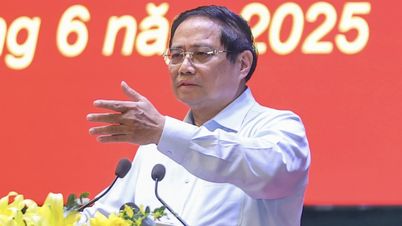



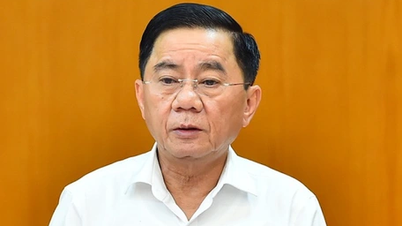




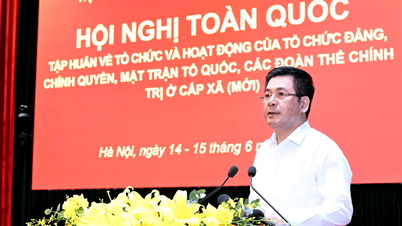



























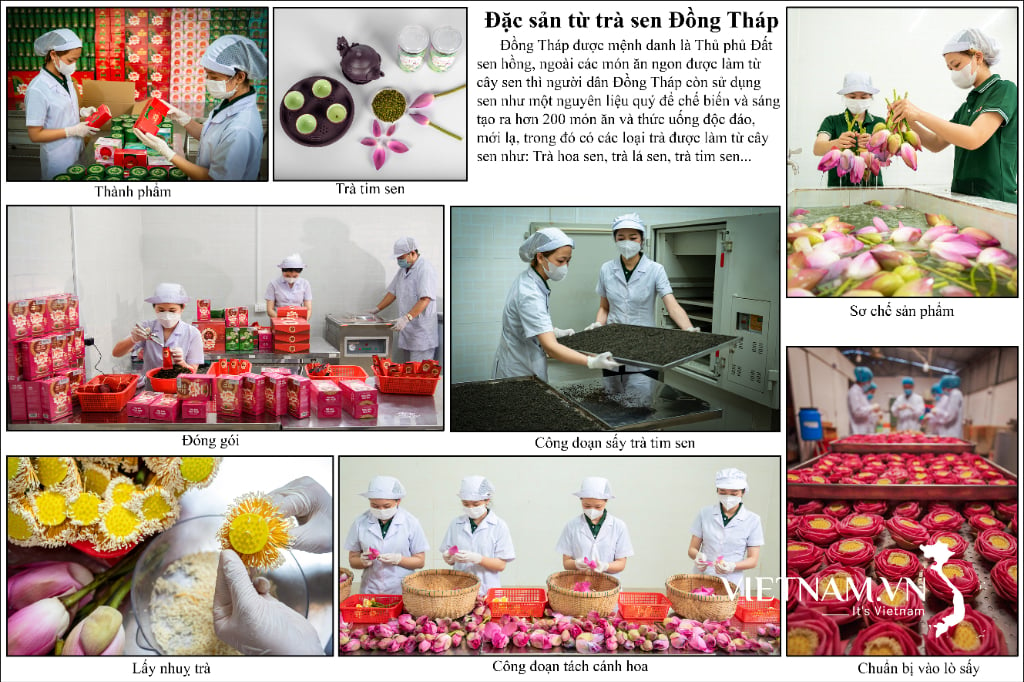



Comment (0)